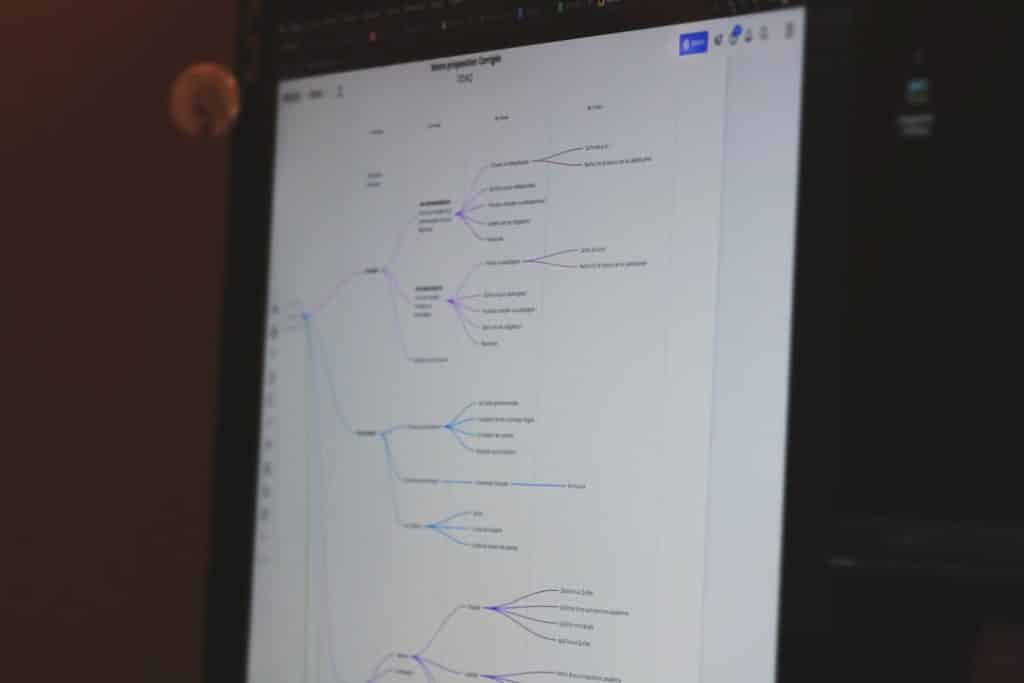How to Build an AI chatbot from scratch

In an increasingly digital world, AI chatbots have emerged as valuable tools for businesses, educators, and service providers. They can automate customer service, provide real-time support, and enhance user engagement. Building an AI chatbot from scratch may seem daunting, but with the right tools and approach, it is a manageable and rewarding project.
Step 1: Define the Purpose and Scope
Before diving into development, it’s essential to clearly define your chatbot’s objective. Ask yourself:
- What is the chatbot supposed to accomplish?
- Who will use it?
- What kind of conversations will it handle?
Knowing the scope will shape your decisions about the chatbot’s platform, complexity, and underlying technology.
Step 2: Choose the Right Platform
Chatbots can operate on websites, social media, standalone apps, or messaging services such as Slack or WhatsApp. Evaluate where your users are most active and choose the platform accordingly. Many chatbot platforms provide SDKs or APIs for seamless integration.
Additionally, determine whether your chatbot will be rule-based or use natural language processing (NLP) for more dynamic interactions.
Step 3: Design the Conversation Flow
Lay out how a conversation with your chatbot should proceed. Create a flowchart or story map that includes:
- Greetings and onboarding
- Questions the bot will ask or expect
- Anticipated user responses
- Fallback responses for unknown queries

Keep the tone of voice consistent, and ensure that the chatbot can understand variations in user input if it uses NLP. Consider scripting out diverse interaction examples to test the robustness of your dialogue design.
Step 4: Choose the Technology Stack
The technology choices for developing a chatbot depend on your goals and resources. Here are a few common tools and frameworks:
- Programming Language: Python is widely used due to its simplicity and excellent AI libraries.
- NLP Libraries: Use libraries like spaCy, NLTK, or services like Dialogflow and Rasa.
- Machine Learning: TensorFlow and PyTorch are great for building custom models if needed.
- Database: Integrate with a database like PostgreSQL or MongoDB to store user data and sessions.
These tools provide the backbone for language understanding, data management, and backend communication.
Step 5: Build and Train the Chatbot
With your tools in place, it’s time to start coding. Develop backend logic to handle messages, process inputs using your NLP engine, and return appropriate responses. If you’re using a machine learning approach, train your model with a dataset consisting of varied, labeled conversations to help your chatbot learn and improve.
For rule-based bots, establish patterns and conditionals that guide the conversation. If NLP is involved, continuously analyze the chatbot’s misunderstanding to retrain and fine-tune your models for better accuracy.
Step 6: Test Extensively
Testing is critical for chatbot deployment. Evaluate your project’s performance on various parameters:
- Accuracy of responses
- Speed and reliability
- Error handling and fallback responses
- User satisfaction
Gather feedback from real users during a beta testing phase to identify gaps and improve user experience.

Step 7: Deploy and Monitor
Once your chatbot passes testing, deploy it on your selected platform. After deployment, monitor its performance continuously. Use analytics tools to track user engagement, conversation dropout rates, and the nature of unanswered queries.
Post-launch updates are just as vital. Use real-world interaction data to improve intent detection, enrich responses, and add new features or integrations.
Final Thoughts
Building an AI chatbot from scratch requires a careful blend of strategy, design, and technical implementation. Whether you want a simple rule-based assistant or a sophisticated AI-driven bot, taking a structured and thoughtful approach will ensure a successful outcome. By continuously improving and adapting your chatbot based on user behavior and feedback, you can provide lasting value to your organization and its users.
